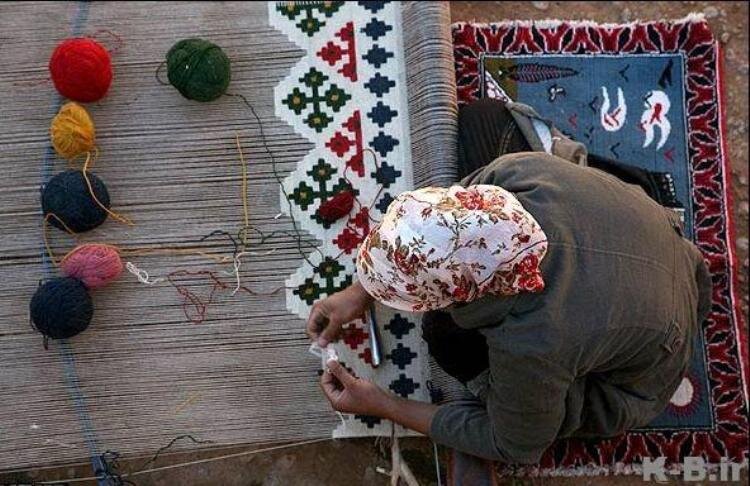Another Iranian village named national crafts hub

TEHRAN – Andaj, a village in the northwestern province of Qazvin, has been designated as the national village of kilim, a kind of handwoven floor covering, the deputy tourism minister has announced.
When a city, town, or village is recognized as a national handicraft hub, an important step is taken to help it in the arenas of local branding, marketing, tourism, sustained economy, and cultural prosperity, Pouya Mahmoudian said on Saturday.
“This national registration will help identify and encourage women, entrepreneurs, and artists in these areas and bring a wave of happiness and hope to the people and artisans of the region,” the official added.
Back in June, the official announced that the development of cities and villages of handicrafts has boosted related businesses by attracting tourists to the regions.
National and global registration allows these cities and villages to be brought to light and their capacities to be promoted, she explained.
As soon as a city or village is registered on an international scale or at a national level in the field of handicrafts, the development of its infrastructure becomes a public demand by anyone living there, she mentioned.
The world cities of handicrafts can become tourist destinations, as well as centers for students, entrepreneurs, and visitors interested in handicraft art, she added.
She also noted that one of the biggest goals of the tourism ministry is to elevate the status of these cities and villages.
With 14 entries, Iran ranks first globally for the number of cities and villages registered by the World Crafts Council, as China with seven entries, Chile with four, and India with three ones come next.
The value of Iran’s handicrafts exports stood at $120 million during the first eleven months of the past Iranian calendar year 1399 (March 20, 2020 – February 18, 2021), Mehr reported. The country’s handicrafts exports slumped during the mentioned months in comparison to the same period last a year earlier due to the damage the coronavirus pandemic has inflicted on global trade.
The Islamic Republic exported $427 million worth of handicrafts during the first eleven months of the calendar year 1398. Of the figure, some $190 million was earned via suitcase trade (allowed for customs-free and tax-free transfer) through 20 provinces, according to data compiled by the Ministry of Cultural Heritage, Tourism and Handicrafts. Ceramics, pottery vessels, handwoven cloths as well as personal ornamentations with precious and semi-precious gemstones are traditionally exported to Iraq, Afghanistan, Germany, the U.S., the UK, and other countries.
Kilim is a pileless floor covering handwoven in most places where pile rugs are made. The term is applied both generally and specifically, with the former use referring to virtually any rug-like fabric that does not have a pile. The vivid flooring is often woven on narrow looms, and two mirror-image pieces are sewn together along the long edge to produce the completed kilim. The vertical color junctions involve a discontinuity of the wefts, the colored yarns that produce the design. At these boundaries, there are small slits in the fabric.
ABU/AFM
Leave a Comment